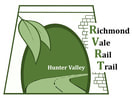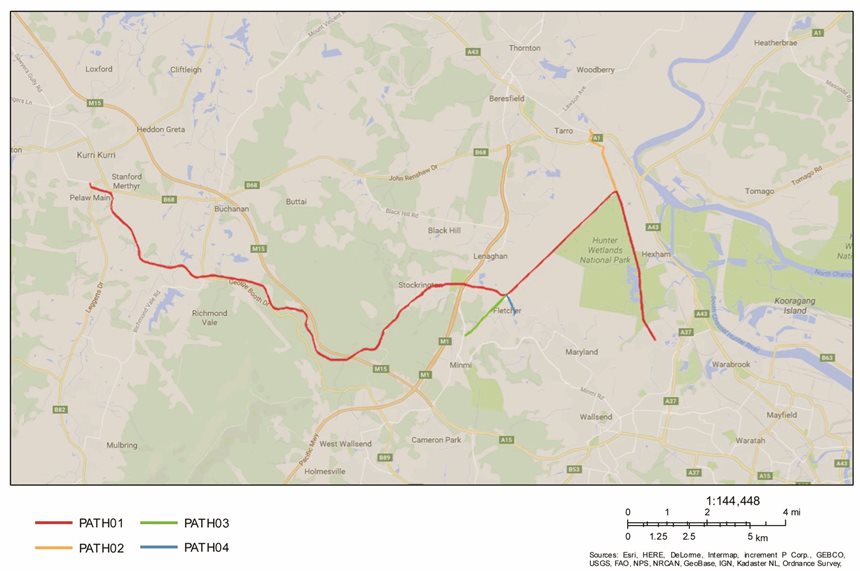RVRT Newsletter Feb 2023
Contents:
General Information
The Richmond Vale Rail Trail (RVRT) will be a multi-purpose, 32km (40km with connections) continuous off-road shared pathway, supporting a broad range of user groups. It will run from Shortland (near the Hunter Wetlands Centre) to Kurri Kurri (Log of Knowledge Park), connecting four LGAs (Newcastle, Lake Macquarie, Cessnock and Maitland). The trail runs primarily along the former Richmond Vale railway alignment [a private coal line that closed in 1987], as well as utilising Hunter Water Corporation pipeline corridors (e.g., Shortland to Tarro segment and Fletcher connection).
Download Content:
Keeping the RVRT On Track in 2023
Key Reasons to Accelerate RVRT Approvals, Funding & Construction
RVRT Eastern Section – Newcastle LGA
RVRT Western Section – Cessnock & Lake Macquarie LGAs
(brown line in Newsletter Figure)
Inter-relationships between Recently Approved Regional Developments
Extracted from Figure 21 (National Pinch Point) Hunter Regional Plan 2041 (Dec. 2022, Pg 116): The approved M1 Extension to Raymond Terrace (aqua line; contractors selected Dec. 2022) and the approved alignment for the future Hunter Freight Corridor (Dec. 2022, dark dashed line) have been carefully chosen to actively protect the RVRT route (purple dots) and facilitate other connections.
Relevant Links: Optimising the RVRT’s BenefitsTo optimise the RVRT’s short- and longer-term benefits for the Hunter Region (and NSW), we need to simultaneously focus on design, funding and construction issues and a range of other considerations, including: improving local connectivity; actively engaging with potential trail users, stakeholder agencies and groups; fostering regional connectivity and tourism; and RVRT management and maintenance. Improving Local Connectivity
Engaging with Local Communities, Businesses and Organisations
Establishing a Regional Advisory Committee
Working Together to Secure Funding
Enhancing Regional Connectivity and Tourism – “Shiraz to Shore” Hunter Cycle Trail
Extracted Figure from Hunter Regional Plan 2041 (Dec. 2022, Pg 45):
The broader Shiraz to Shore Hunter Cycle Trail proposal (from Wine Country to the Lake/Ocean) is an initiative of Hunter Joint Organisation of Councils, and includes the RVRT as one of its essential elements. It provides an exceptional opportunity to simultaneously support and strengthen our diverse range of Hunter local communities and to promote an image of the region as an active lifestyle and cycle trail tourism destination. Relevant Links: https://www.hunterjo.com.au/projects/shiraz-to-shore-cycle-tourism/ Local Landcare InitiativesOur RVRT/NPWS Landcare Volunteers have recently been working in a potential future picnic area between Stockrington Road and Blue Gum Creek, within Stockrington State Conservation Area (near the old bridge, see picture). Special thanks to Sam Mansfield and Leigh Gibbens who are co-ordinating these Landcare activities. The Landcare Volunteers currently meet on the first Thursday of every month. Richmond Vale Rail Trail (RVRT) Inc.
RVRT Inc., the RVRT Supporters’ Group, started as an informal group of cycling enthusiasts in the late 1990’s and was registered as a not-for-profit organisation in 2015. Our members and supporters have long-standing interests in developing the RVRT as a key Hunter Region shared pathway and community resource. We are committed to working with local communities, other organisations and stakeholder groups, to help promote and deliver this important regional initiative.
President: Billy Metcalfe (0417 453 152)
Secretary & Treasurer: Leigh Gibbens (0433 570 920) Vice-President: Terry Lewin (0404 439 616) Email: [email protected] Website: https://www.richmondvalerailtrail.org.au/ Facebook: https://www.facebook.com/richmondrailtrail/
1 Comment
Tony Proust
30/3/2023 04:50:38 pm
Appreciated the info provided at the AGM
Reply
Leave a Reply. |
News Archive
|
||||||||||||
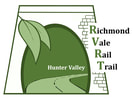
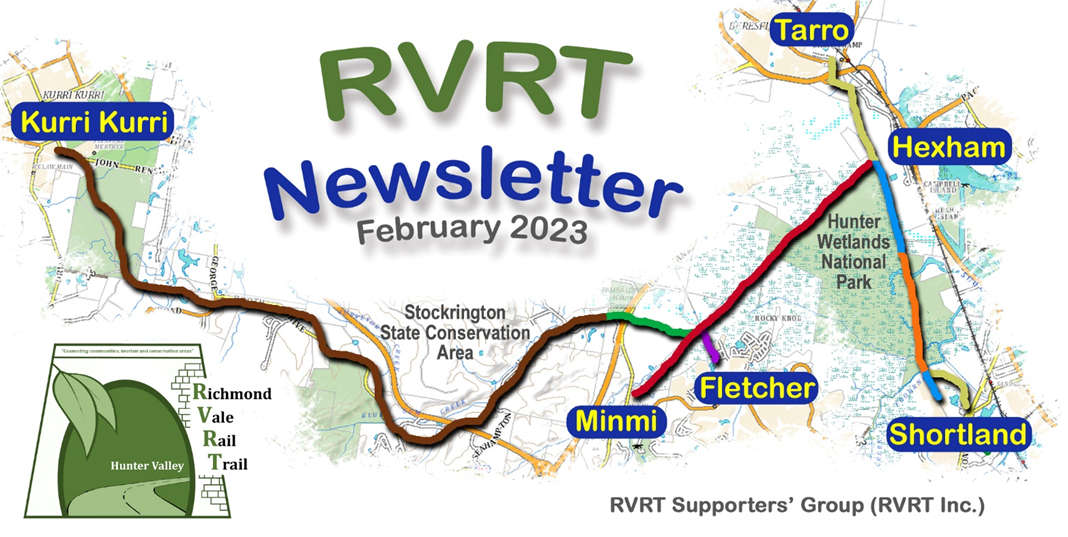
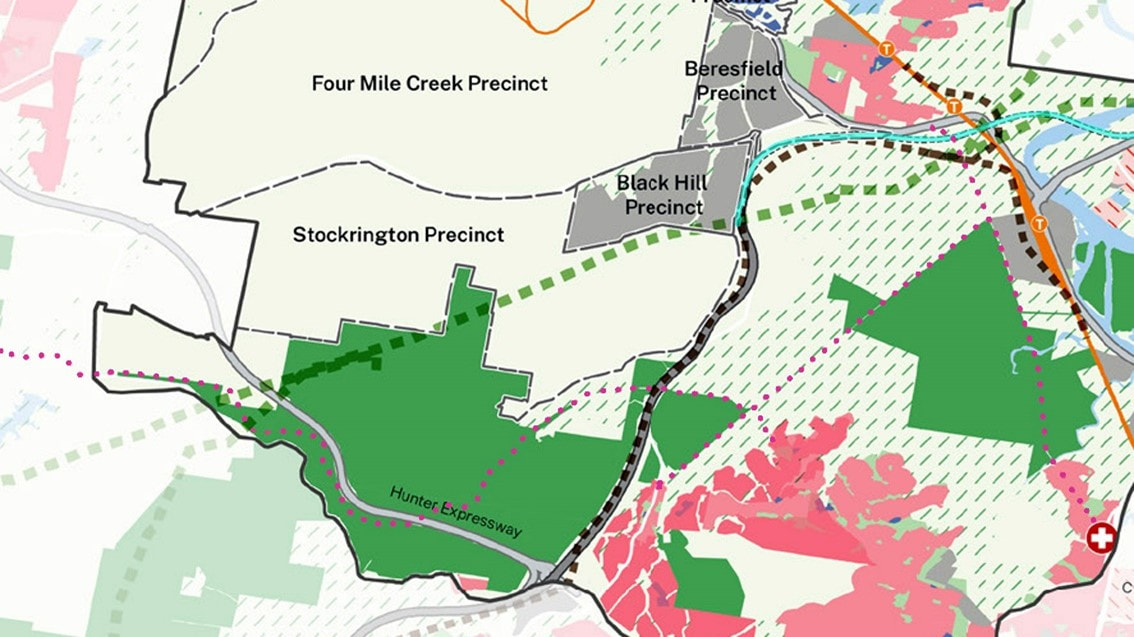
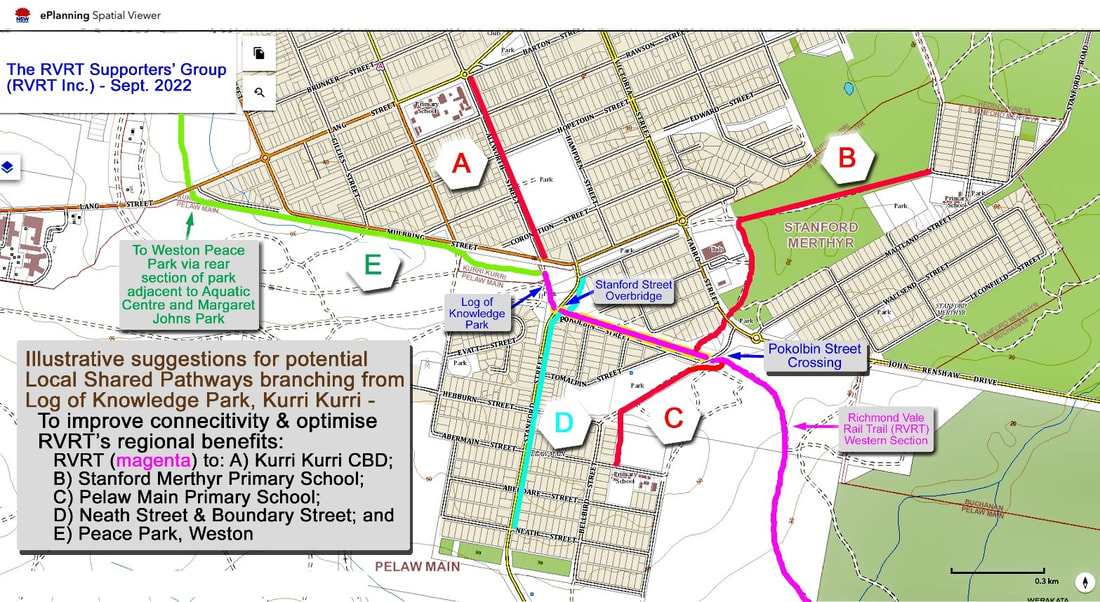
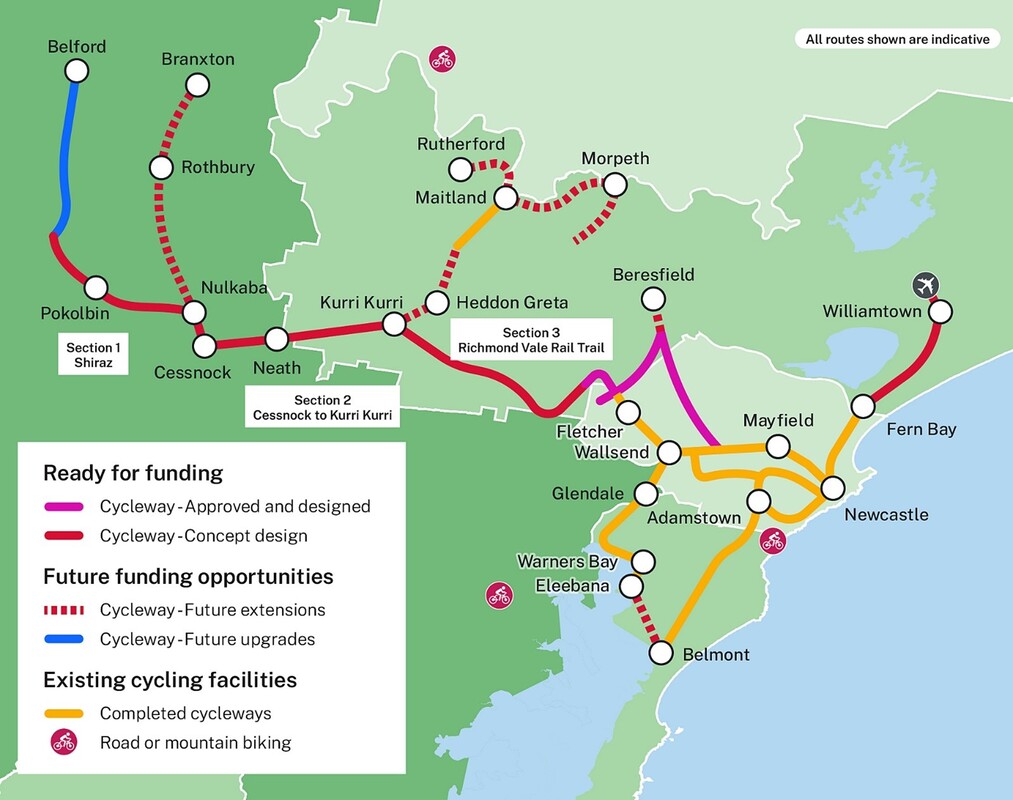
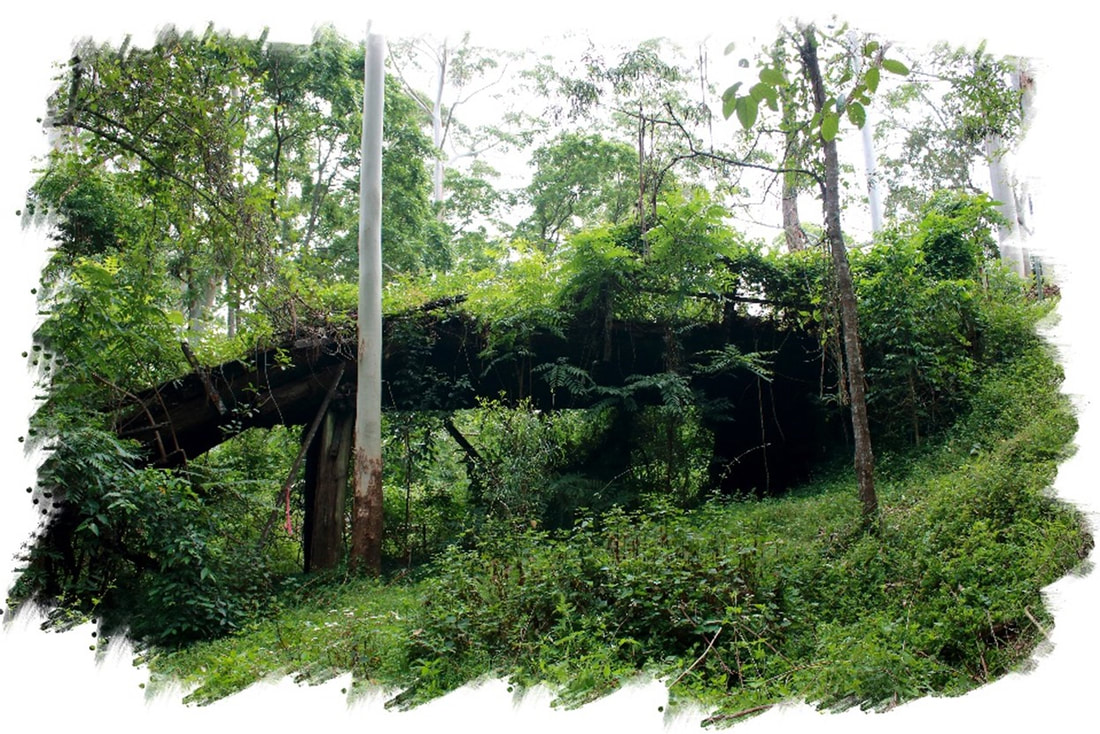
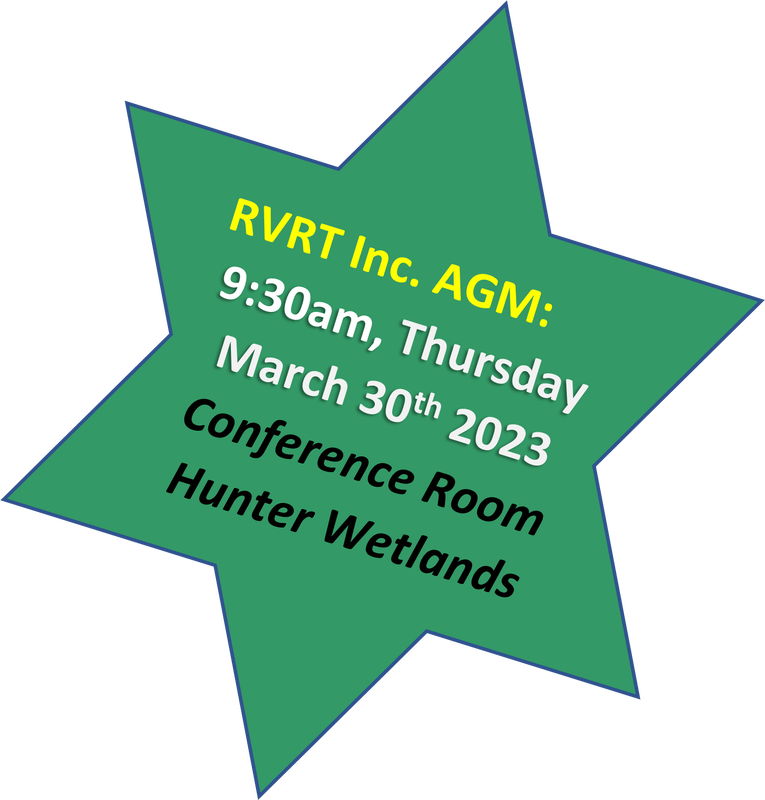
 RSS Feed
RSS Feed
